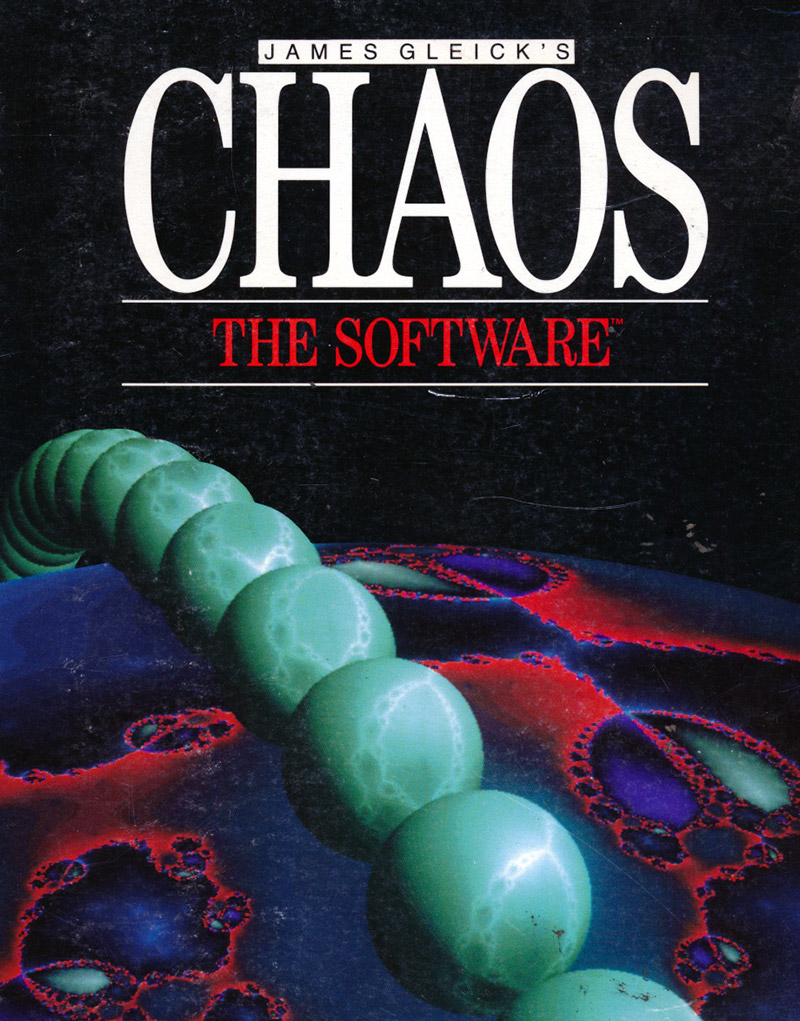This is a free release of the source, manual, and executables of a 1991 Autodesk DOS program that was called "James Gleick's CHAOS: The Software." The software was written by Josh Gordon, Rudy Rucker and John Walker. Rucker wrote most of the algorithms, except for the Fractal Landscapes algorithms, which are by John Walker. Josh Gordon did the interface, and much of the implementation of the algorithm code. The program was written in consultation with James Gleick about his brilliant book, Chaos: Making a New Science . This release is under a Gnu license.
Downloads for the Release 1.1
The CHAOS executables and parameter files.
It's possible to run the Chaos program on any virtually any platform, inside a DOS shell called DOSBox. Details on the Releases page.
You are free to alter the Chaos code and upload new versions. Or use our algorithms to spin off smaller programs. See our Chaos GitHub repository for the Chaos code online.
The biggest outstanding upgrades for Chaos might be: (1) Increase the resolution or pixel size of the display. (2) Elmimate our use of the old DOS TSR or "terminate and stay resident" program metashel.exe, made by MetaGraphics Software Corporation. Chaos uses metashel calls for its graphics.
CHAOS has six modules.
MANDEL. A Mandelbrot Set program, incorporating: quadratic and cubic Julia sets, quadratic and cubic Mandelbrot sets, and a gnarly cubic connectedness map called the Rudy set.
MAGNETS. A Pendulum and Magnets program showing chaotic physical motion and fractal basins of attraction.
ATTRACT. A Strange Attractors program showing the Lorenz Attractor, the Logistic Map, the Yorke Attractors, and the Henon Attractors.
GAME. A Barnsley Fractals program showing Iterated Function System fractals such as the famous fractal fern.
FORGE. A Fractal Forgeries program that shows clouds, maps, mountain ranges, and planets based on random fractals.
TOY. A Toy Universes program that shows cellular automata.
